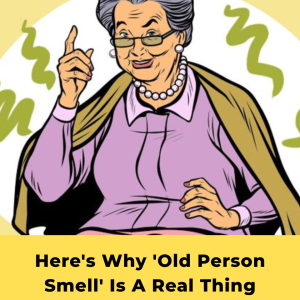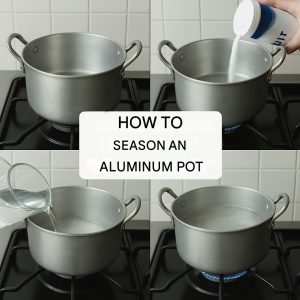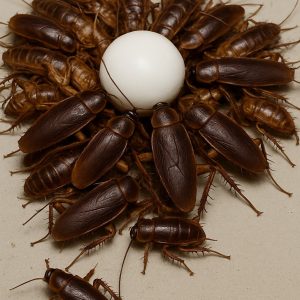
Measuring your blood pressure seems like a simple task, but most people are doing it wrong… and that can lead to unnecessary panic, emergency hospital visits, and even misdiagnosis.
In this article, you’ll learn what blood pressure really means, how to check it properly at home, when it becomes serious, and which lifestyle habits and food choices can support healthier numbers.
What Blood Pressure Really Means
Think of your arteries as pipes carrying oxygen- and nutrient-rich blood to every organ.
Each time the heart beats, it pushes blood through these “pipes” with force. That pressure hitting the artery walls is what we call blood pressure.
- Systolic pressure (top number): the moment the heart contracts and pumps blood out.
- Diastolic pressure (bottom number): when the heart relaxes between beats.
Healthy blood pressure should generally stay below 120/80 mmHg.
What Counts as Hypertension?
Doctors classify hypertension when blood pressure repeatedly stays above:
- Systolic: 140 mmHg
- Diastolic: 90 mmHg
One high reading doesn’t mean you’re hypertensive. Blood pressure moves up and down naturally based on stress, emotions, movement, sleep, and recent eating habits.
The goal isn’t to panic at normal body reactions, but to understand patterns and measure accurately.

When High Blood Pressure Is Normal, Not an Emergency
You might see elevated numbers:
- After climbing stairs
- During an argument
- After poor sleep
- In stressful situations
- Immediately after waking
- When the posture or cuff is incorrect
These temporary spikes are your body adjusting, which is normal.
When to Seek Emergency Care
If high blood pressure appears along with any of the following symptoms, seek ER help immediately:
- Chest pain
- Shortness of breath
- Numbness on one side of the face or in one arm
- Trouble speaking
- Sudden confusion or disorientation
- Extreme dizziness
- A headache described as “the worst of your life”
The danger isn’t just the pressure reading — it’s what may be driving those symptoms.
Food Choices That Support Healthy Blood Pressure
1. Reduce sodium
Most sodium overload doesn’t come from sprinkling salt at the table, but from processed foods like:
- Stock cubes or bouillon blocks
- Processed meats
- Salty snacks
- Industrial bread
- Packaged or frozen meals
Daily sodium should stay around 2g — roughly one teaspoon of salt.
2. Increase potassium
Potassium helps balance sodium and may help lower blood pressure naturally.
Potassium-rich foods include:
- Bananas
- Spinach
- Avocados
- Beetroot
- Broccoli
- Carrots
- Melon
- Melon
If you have kidney disease, check with your doctor before increasing potassium.
3. Choose heart-friendly fats
Healthy fats include:
- Olive oil
- Avocados
- Seeds (chia, flax, etc.)
- Nuts
- Fatty fish
4. Limit red meat and processed meat
These foods promote inflammation and often carry high sodium content.
5. Reduce sugar and refined carbohydrates
Excess sugar and refined carbs disrupt metabolism and make blood pressure harder to manage over time.

Simple Techniques to Calm Temporary Blood Pressure Spikes
These methods help when pressure rises briefly due to nerves or stress:
- Deep breathing: Inhale 4 seconds → short hold → exhale 6 seconds to activate the vagus nerve
- Splashing cold water on your face to trigger a relaxation response
- Sitting in silence or meditating for 5 minutes to steady heart rate
These tools calm short-term spikes — but they don’t replace ongoing lifestyle habits or medical evaluation if needed.
Final Thoughts
Managing blood pressure isn’t just about medication. It’s about learning correct measurement, choosing food with intent, prioritizing movement, and recognizing when your body is reacting normally versus signaling something deeper.
Disclaimer: The information shared in this article is for educational purposes only and does not replace professional medical evaluation, diagnosis, or treatment. If you have concerns about your blood pressure, symptoms, or medical condition, always consult a doctor or qualified healthcare provider. Never make health decisions based solely on information found online.




